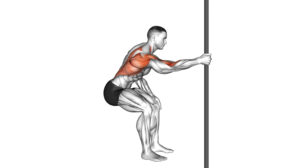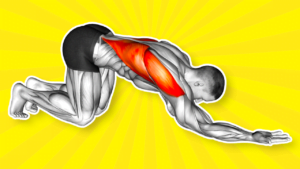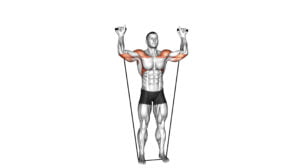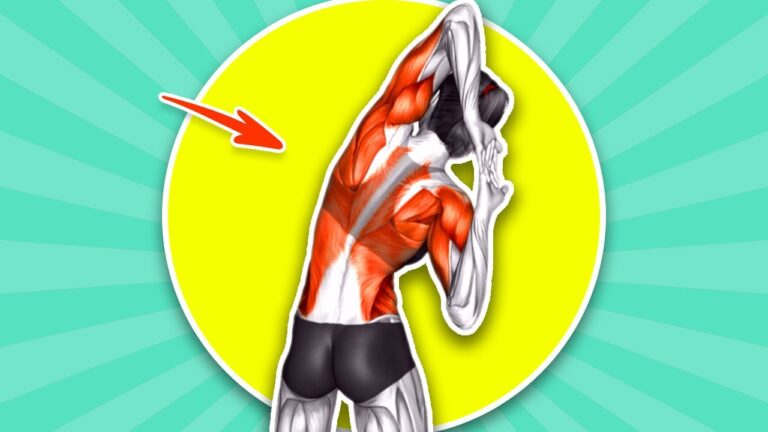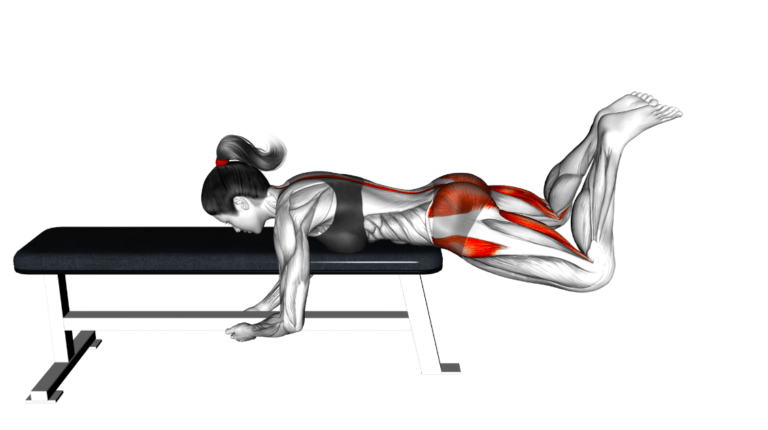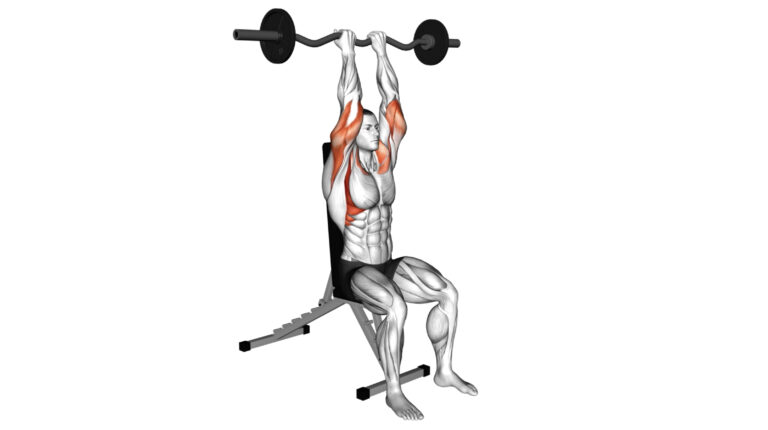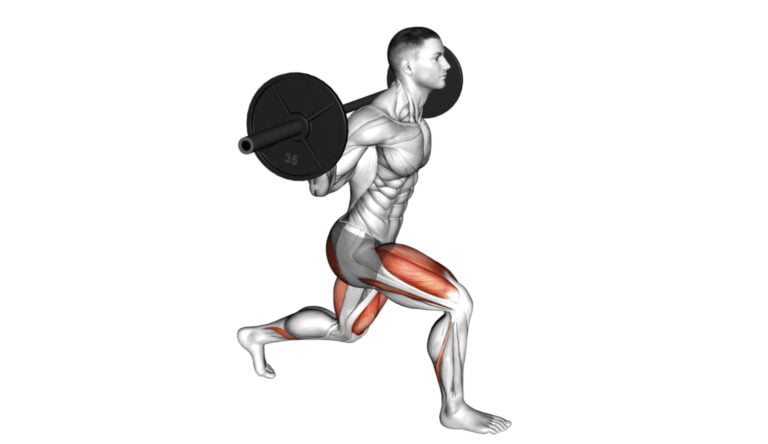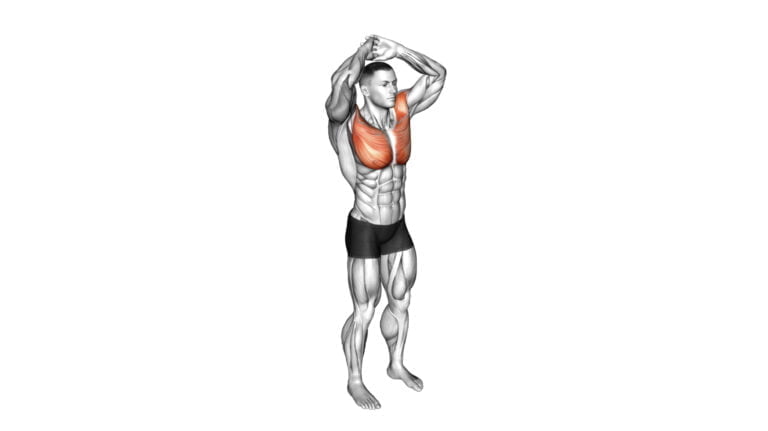10 Deltoid Muscle Stretching Exercises To Improve Shoulder Flexibility And Range Of Motion
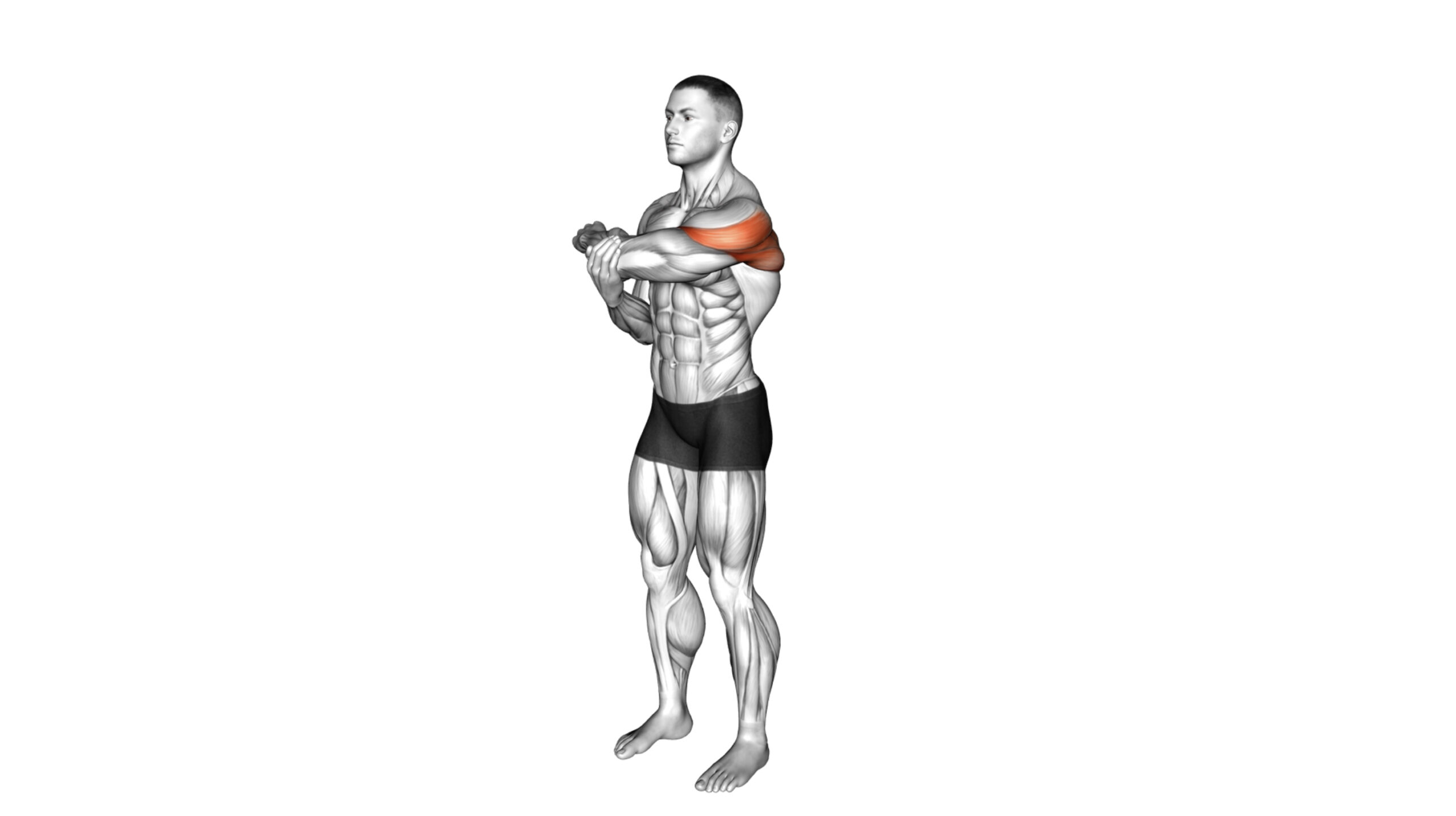
Many people struggle with tight shoulders and a limited range of motion, not realizing that the key to unlocking flexibility lies in targeting the deltoids. With years of experience as a fitness instructor and a special focus on strength training, I’ve seen firsthand how deltoid muscle stretching exercises can transform one’s shoulder health. These muscles, sitting pretty at the top of your arms, are pivotal for all sorts of movements – from lifting weights to simply reaching overhead.
Focusing specifically on these stretches can lead to impressive results: better posture, smoother movement, and a significant drop in shoulder discomfort. What many don’t know is that incorporating specific deltoid stretches into your routine can also prevent injuries and enhance overall performance during workouts. Ready for some improvement? Keep reading.
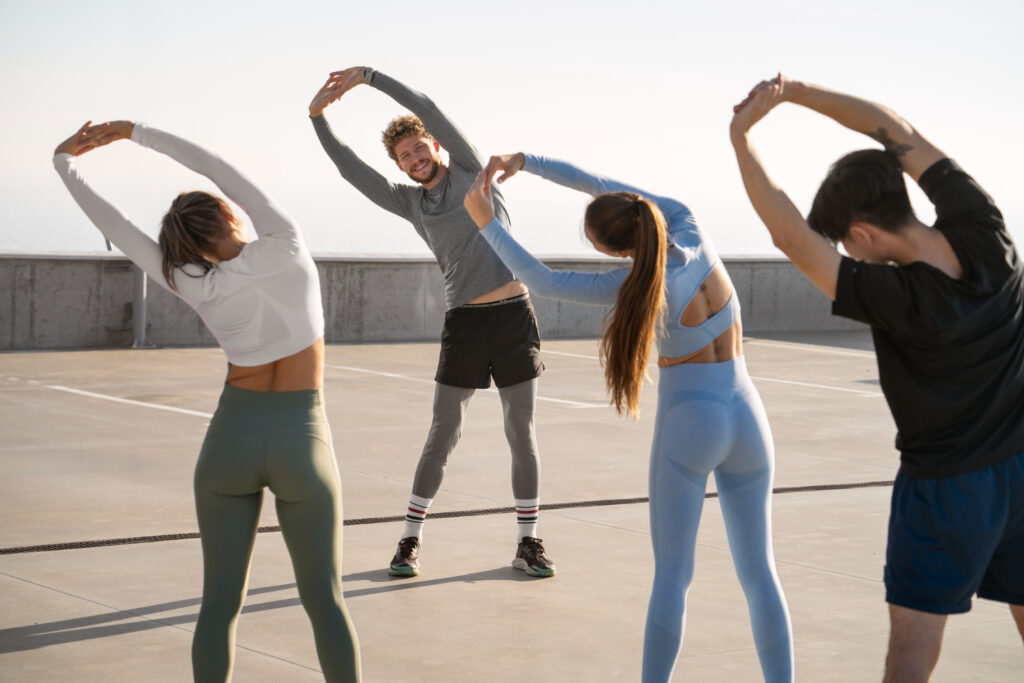
Key Takeaways
- Deltoid stretches help your shoulders move better, making you less likely to get hurt.
- You can do these stretches before or after workouts to keep your muscles loose and ready.
- These exercises target both the front and back of your shoulder for full range motion.
- Regular deltoid stretching improves muscle flexibility and strength, good for bodybuilders.
- Listening to your body is key; if a stretch hurts, ease up to avoid injury.
Explanation of deltoid muscles and their importance for shoulder flexibility
Deltoid muscles sit on your shoulders like a cap. They help you move your arms in all directions, making them key for lifting weights and bodybuilding. Good shoulder flexibility means these muscles work well, letting you reach higher, push better, and lift more without getting hurt.
Stretching the deltoids keeps them strong and flexible, reducing pain or injury risks. This is crucial as tight deltoids can lead to issues with your rotator cuff or limit how much you can move your arm.
Next up: Why stretching these muscles regularly matters for anyone serious about their fitness game..
Benefits of Deltoid Stretches
Deltoid muscle stretching exercises make your shoulders move better and feel less tight. Doing these stretches also makes injuries less likely, helping you stay in the game.
Improved range of motion
Stretching your deltoid muscles can make your shoulders move better. This means you can lift your arms higher, reach further back, and even swing them more freely. For bodybuilders, a good range of motion lets you do exercises with the right form.
It helps in targeting the muscle from various angles which is key for growth and strength.
Imagine doing shoulder presses or lateral raises without feeling tight. Your upper arm moves smoothly in its socket. This reduces the risk of getting hurt and makes sure each workout hits those delts just right.
Plus, it keeps common problems like shoulder pain at bay by keeping joints healthy. So, adding deltoid stretches into your routine can really up your game – making every rep count and building those powerful shoulders we all want.
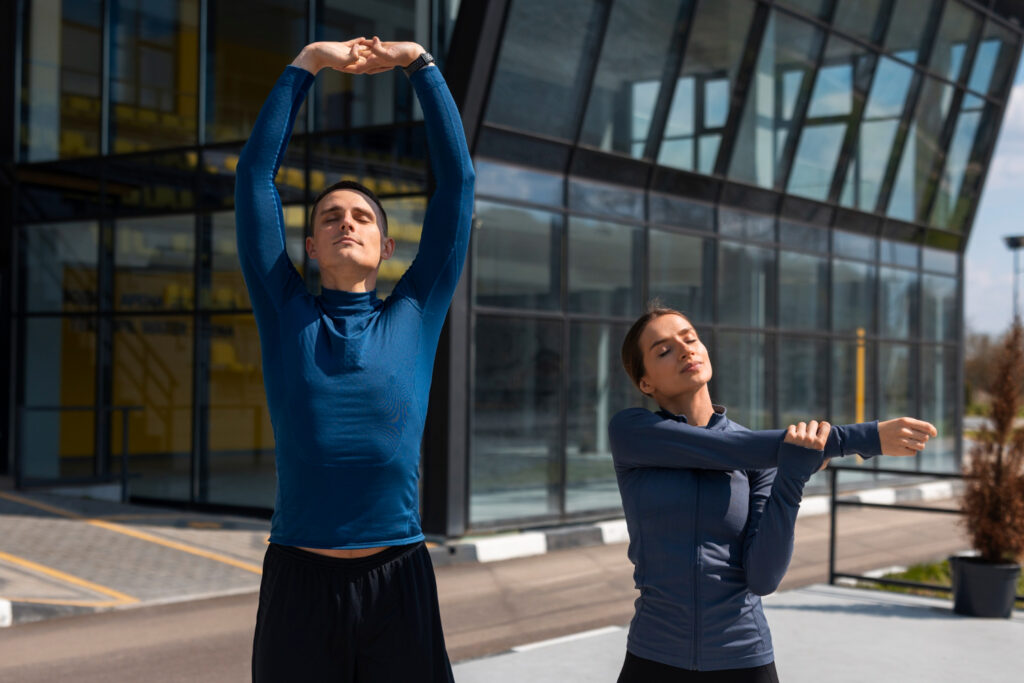
Increased flexibility
Stretching your deltoid muscles makes them more flexible. This is key for bodybuilders who need their shoulders to move well for all sorts of exercises. More flexibility means you can lift heavier weights and do different moves without hurting yourself.
It helps with both reaching up high and pulling things close while keeping your shoulder joint happy.
This extra flexibility also cuts down on muscle soreness after workouts. So, you get back to lifting faster, pushing your limits without the hold-up of stiff shoulders. Next, we’ll dive into how these stretches lower injury risks..
Reduced risk of injury
Doing deltoid stretches lowers the chance of hurting your shoulders. Strong and flexible deltoids help you avoid common injuries, especially if lifting heavy weights is part of your routine.
This means fewer missed gym days and more time getting stronger.
Keeping these muscles in good shape also protects other parts of your shoulder. It makes sure that everything from your rotator cuff to your collarbone works well together. So, you can push, pull, and lift without worry, making each workout safer and better for building muscle.
Enhanced muscle activation during workouts
Stretching your deltoids makes muscles wake up and work better during exercise. This means you can lift more weight and do moves with better form. Think about it: awake muscles respond quicker, making each rep count more.
You’re not just moving through the motions; you’re training smarter.
Having flexible shoulders also helps in exercises that need a lot of motion, like swinging a kettlebell or doing a shoulder press. It’s like prepping your muscles for action – they get ready to perform at their best.
So, before hitting the weights hard, give those deltoids some good stretches. It sets the stage for awesome workouts ahead.
Types of Deltoid Stretches
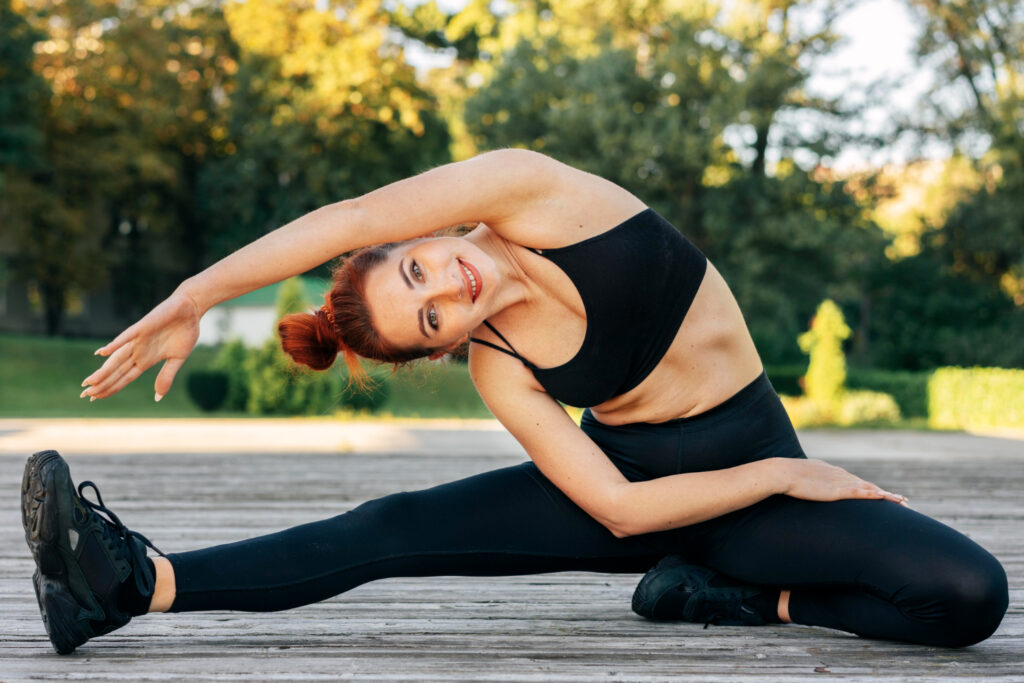
Deltoid muscle stretching exercises can be split into two main types. One works the front of your shoulder, and the other focuses on the back part of it.
Anterior deltoid stretches
To stretch the anterior deltoid, try moving your arm across your chest. Hold it with the other hand. This helps a lot after lifting heavy weights. Your shoulder will thank you for giving it some love and attention.
Keep your feet steady and breathe in deeply as you hold the stretch.
Another way to target this muscle is by standing close to a wall or door frame. Put your palm on it at shoulder height. Now, gently turn away from that arm until you feel a good stretch in the front of your shoulder.
Make sure to keep those breaths deep and steady. This relaxes not just your muscles but also clears your mind, prepping you for more workouts or rest.
Posterior deltoid stretches
Stretches for the posterior deltoid help you keep your shoulders flexible and strong. They work the back of your shoulder, making sure it can move well in all directions. This is key for bodybuilders aiming to improve their range of motion and prevent injuries during heavy lifting or repetitive motions.
By focusing on the rear deltoids, these stretches also support better posture and reduce tension in the neck and upper back.
To do them right, focus on gentle pulling movements that target the rear shoulder area. Think about exercises like rolling your shoulders on a floor or using a ball for added pressure—these can really get into those tight spots.
It’s all about taking it slow, so you feel a nice stretch without pushing too hard. Remember to breathe deeply as this helps increase the stretch and aids in relaxation. Keep these stretches regular in your routine to see improvements over time.
Top 10 Deltoid Muscle Stretching Exercises
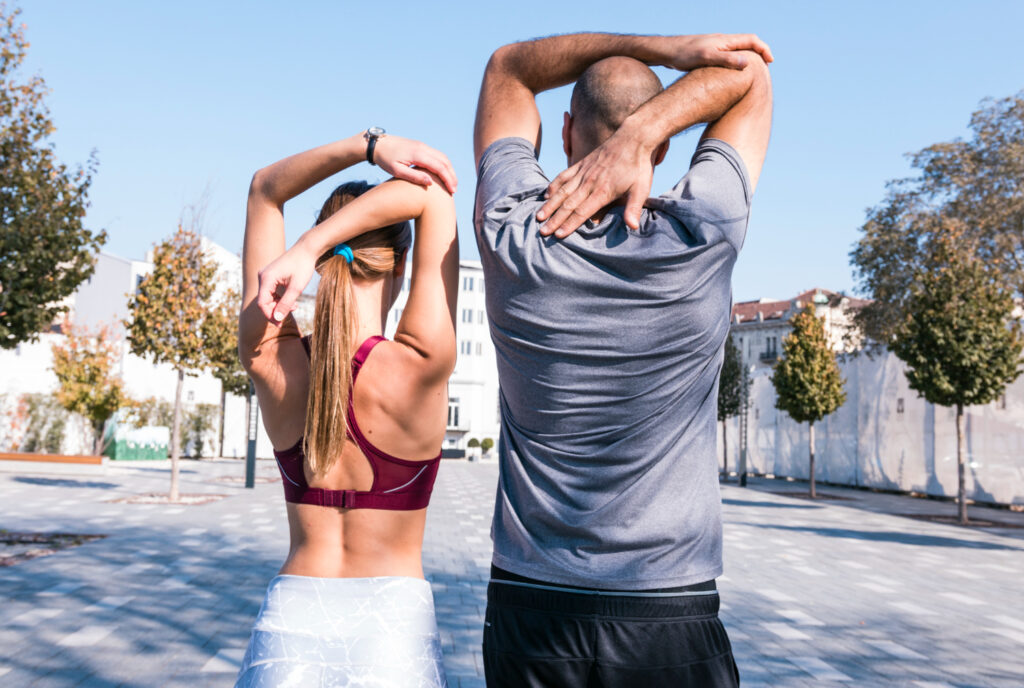
Getting your shoulders in top shape means adding Deltoid Muscle Stretching Exercises to your routine. These ten moves will boost flexibility and motion, making every workout count.
1. Across Chest Shoulder Stretch
To do the Across Chest Shoulder Stretch, stand up straight. Take one arm and bring it across your body. Use your other hand to push this arm closer to your chest. Keep pushing gently until you feel a good stretch in your shoulder.
Make sure you do not twist or bend your back while doing this. Hold the stretch for about 30 seconds, then switch arms.
This exercise helps with flexibility and can reduce the risk of shoulder injuries. It stretches out the deltoids, making them ready for heavier workouts like lifting weights or doing pull-ups.
Plus, it’s easy and quick – perfect for including in any warm-up routine.
2. Rear Deltoid Stretch
To start the Rear Deltoid Stretch, stand up straight. Your feet should be apart at shoulder-width. Now, reach one arm across your body. Use your other hand to press the stretching arm closer to your chest.
This move targets the back of your shoulder, making it great for those who lift heavy weights or spend a lot of time bench pressing. Keep holding this position for about 30 seconds then switch arms.
This stretch is key for improving flexibility in your shoulders and reducing injury risk. It helps loosen tight muscles from exercises like deadlifts and rows that focus on the rear part of the deltoid muscle group.
Make sure not to push too hard; you want a nice stretch without causing pain. Keeping these stretches as part of your routine ensures better movement and less strain during workouts.
3. Seated Shoulder Flexor Depresor Retractor Stretch
This stretch works wonders for your shoulder blades and helps with abduction. Sit on a chair, keep your back straight, and place your hands on the edges of the chair seat. Push down firmly and hold.
This motion pulls your shoulder blades down and back, perfect for flexing those muscles after heavy lifting.
Doing this stretch regularly can improve shoulder extension and reduce swelling from workouts. It’s a simple yet effective move to add to your routine, especially if you’re aiming for better flexibility around the deltoid area.
This one is great before or after hitting those heavy weights, giving your shoulders the care they deserve.
4. Roll Posterior Shoulder Lying on Floor
After working on seated shoulder stretches, let’s hit the floor for something a bit different. The Roll Posterior Shoulder Lying on Floor exercise is great for targeting your back deltoids.
Lie down and place a foam roller or a firm rolled towel under your shoulders. Gently roll back and forth to massage and stretch those muscles. Keep your movements slow and controlled.
This move not only helps with flexibility but also aids in recovery after intense workouts. Plus, it can prevent rotator cuff injuries by keeping these key shoulder muscles loose. Make sure you breathe deeply throughout the stretch to help relax your muscles even more.
5. Roll Ball Deltoid Posterior
Roll Ball Deltoid Posterior is great for your shoulder’s back part. You need a ball and some space on the floor. Lie down facing the floor. Place the ball under one shoulder, near your armpit.
Gently roll over it, pressing down lightly. This helps stretch your deltoid muscle in the back, making it flexible and strong.
Keep going for a few minutes on each side. Make sure to breathe slowly while doing this exercise. It eases tension in your shoulders and can help prevent injuries too – something all bodybuilders want to avoid! Plus, doing this regularly can up your game in terms of range of motion and overall muscle health.
6. Seated Shoulder Flexor Depressor Retractor Stretch Bent Knee
Sit on the floor with one knee bent. Keep your back straight and shoulders down. Grab the elbow of your opposite arm with your free hand. Gently pull it across your body toward the bent knee until you feel a good stretch in your shoulder.
Hold this position for about 30 seconds. Then, switch arms and repeat.
This exercise targets deltoid muscles, helping increase flexibility. It also stretches pectorals and trapezius muscles, making it great for overall shoulder health. Perfect for bodybuilders looking to boost their range of motion or reduce rotator cuff injury risk during intense workouts.
Aim to do this stretch regularly for best results.
7. Standing Upright Shoulders Stretch
Stand straight and tall for the Standing Upright Shoulders Stretch. Place your feet shoulder-width apart to keep balance. Reach your hands behind your back, and hold one wrist with the opposite hand.
Gently pull on the wrist, bringing your hand up until you feel a good stretch in your shoulders. Keep this position without bending forward or backward. Hold it there for a few seconds before releasing.
This exercise helps with shoulder flexibility and can ease tension after heavy lifting or sitting long hours at a computer. It’s simple but effective for both anterior deltoid stretches and improving overall posture.
Make sure not to overdo the pull – listen to what your body tells you about its limits to avoid any injury.
8. Standing Reverse Shoulder Stretch
Moving from the standing upright shoulders stretch, we turn our focus to the Standing Reverse Shoulder Stretch. This move is all about giving those deltoids a nice, deep stretch. Start by reaching your arms behind you and either grasp your hands together or hold onto something stable if reaching your hands isn’t possible yet.
Keep those elbows straight and gently pull upward while squeezing the shoulder blades together. It’s like you’re trying to make your arms touch the ceiling but without actually lifting off the ground.
This exercise is great for working on that internal rotation and flexing those lateral deltoids. Bodybuilders will find it especially useful for opening up their chest and shoulders after heavy upper body workouts.
Remember to breathe deeply, keeping each stretch slow and controlled – this isn’t a race! The goal is to feel a gentle pull through the shoulders, improving flexibility over time without pushing too hard right out of the gate.
9. Standing Overhead Shoulder Stretch
To do a standing overhead shoulder stretch, start by standing up straight. Keep your feet shoulder-width apart. Lift your arms over your head. Clasp your hands together and push them up as high as you can.
You should feel this stretch all across your shoulders. Hold it there for about 20 to 30 seconds. This move helps make your shoulders more flexible and can lower the chance of getting hurt.
Make sure to keep breathing normally while you stretch, and don’t push too hard—comfort is key! Repeat this a few times during your workout or stretching routine for the best results.
It’s great for easing tight muscles after lifting weights or doing lots of upper body work.
10. Shoulder Backbend Stretch
Moving from the standing overhead stretch, we shift to the shoulder backbend stretch. This one’s great for bodybuilders looking to open up their chest and improve flexibility in their deltoids.
You start by standing straight and placing your hands on your lower back or hips, fingers pointing down. Gently push your hips forward as you bend backwards, keeping your head up and shoulders down.
Hold this position for a few seconds, then release.
This stretch works wonders for loosening tight muscles around your shoulders and chest after heavy lifting sessions. It helps prevent stiffness and promotes better posture—a must-have in any bodybuilder’s routine.
Make sure to breathe deeply while holding the stretch; it’ll help you go a bit further each time without hurting yourself. Aim for smooth movements rather than jerky ones to get the most out of this exercise.
Recommended Sets And Reps
For each deltoid stretch, aim for 3 sets. This keeps things simple and effective. Now, the number of reps can vary a bit – start with holding each stretch for about 30 seconds. If you’re feeling good and want to push a bit more, upping that time to 45 seconds or even a minute makes sense.
Key is to keep your muscles engaged without overdoing it.
Make sure you listen to your body during these stretches. It’s smart to ease into it, especially if you’re new or coming back after some time off. If something hurts in a bad way, back off and try less intense variations or reduce the duration of your holds.
Building flexibility takes time, so patience is crucial here too!
Safety Tips and Conclusion

Doing Deltoid Muscle Stretching Exercises right is key. Always pick the correct form and listen to what your body says to avoid getting hurt.
Importance of proper form
Proper form is key while stretching your deltoid muscles. It helps you avoid injuries and makes each stretch more effective. Think of it as guiding your muscles through the right path — a bit like using a map to reach a destination without unnecessary detours.
By keeping your movements controlled and precise, you ensure that the stretch targets the deltoids correctly, boosting flexibility and range of motion.
Ignoring proper form can lead to strain or even harm rather than help. This means paying attention to how you move is as crucial as the exercise itself. Listen closely to your body’s signals during these stretches; discomfort could mean something needs tweaking in your approach.
Next up, we’ll dive into listening to your body for safer deltoid stretches.
Listening to your body
Stretching your deltoid muscles can make a big difference in flexibility and strength. But, doing it right means paying attention to what your body tells you. Pain is a signal that something’s not okay.
So, if a stretch hurts, back off or try a gentler move. It’s better to do less and avoid injury than push too hard and end up sidelined.
Your body knows best – listen closely. During static stretching or yoga poses, notice how each shoulder feels. Some tightness is normal as you begin, but it shouldn’t stay painful.
Adjust as needed, maybe easing up on the stretch or using support like a rolled towel for comfort. Keeping an eye on these little signs helps prevent problems like arthritis down the line and ensures your training stays on track.
Regularly incorporating deltoid stretches in your routine
Making deltoid stretches a part of your daily routine can be a game changer. It’s like telling your shoulders, “Hey, I care about you.” This simple act can make your shoulders move better and feel stronger during workouts.
Think of it as oiling a machine so it runs smoothly.
For bodybuilders, this is especially key. Your muscles get tight after lifting heavy weights. Deltoid stretches help loosen them up again. Doing these stretches regularly keeps injuries away and makes sure your shoulders are ready for whatever you throw at them next.
Plus, they can improve flexibility and motion range, which means better performance in the gym.
Conclusion emphasizing the benefits and importance of deltoid stretches
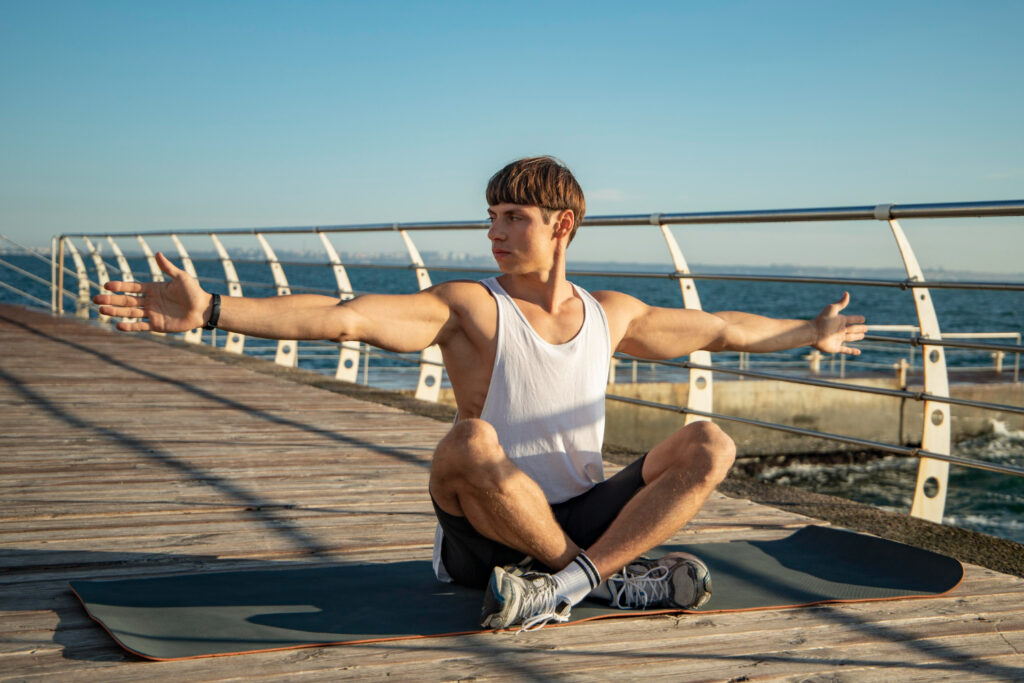
Making deltoid stretches a regular part of your routine sets the stage for better workouts. Deltoid stretches help you move your shoulders in all directions without pain. They make your muscles more flexible.
This way, you can do bigger movements at the gym.
Stretches also keep shoulder injuries away. You won’t have to stop working out because your shoulder hurts. Your muscles will be ready and strong for whatever exercise you throw at them.
Plus, these stretches help wake up your muscles so they work better when you lift weights or do other exercises.
FAQs
1. What’s the big deal with stretching my deltoid muscle?
Well, think of it this way… Stretching your deltoid muscle helps make your shoulders more flexible and can increase how far you can move them. It’s like making sure a door can open all the way, so you don’t bump into it!
2. Can doing exercises like downward dog really help my shoulders?
Absolutely! Downward dog isn’t just for yoga lovers; it’s a fantastic stretch that targets not just your deltoids but also gives some love to your triceps and helps improve overall shoulder flexibility.
3. I heard something about eccentric exercises… Do they help too?
Oh, yes – they’re kind of special! Eccentric exercises focus on slowly lengthening your muscles under tension—imagine lowering a weight gently instead of letting it drop. This method is great for strengthening and rehabilitating shoulder muscles without overdoing it.
4. If I’m starting out, should I get professional advice on these stretches?
Definitely a smart move! Whether from physiotherapists or physical therapy experts, getting guidance ensures you’re doing stretches correctly—and safely—especially if you’re aiming for rehabilitation or have specific goals in mind.

Author
Years ago, the spark of my life’s passion ignited in my mind the moment I stepped into the local gym for the first time. The inaugural bead of perspiration, the initial endeavor, the very first surge of endorphins, and a sense of pride that washed over me post-workout marked the beginning of my deep-seated interest in strength sports, fitness, and sports nutrition. This very curiosity blossomed rapidly into a profound fascination, propelling me to earn a Master’s degree in Physical Education from the Academy of Physical Education in Krakow, followed by a Sports Manager diploma from the Jagiellonian University. My journey of growth led me to gain more specialized qualifications, such as being a certified personal trainer with a focus on sports dietetics, a lifeguard, and an instructor for wellness and corrective gymnastics. Theoretical knowledge paired seamlessly with practical experience, reinforcing my belief that the transformation of individuals under my guidance was also a reflection of my personal growth. This belief holds true even today. Each day, I strive to push the boundaries and explore new realms. These realms gently elevate me to greater heights. The unique combination of passion for my field and the continuous quest for growth fuels my drive to break new ground.





